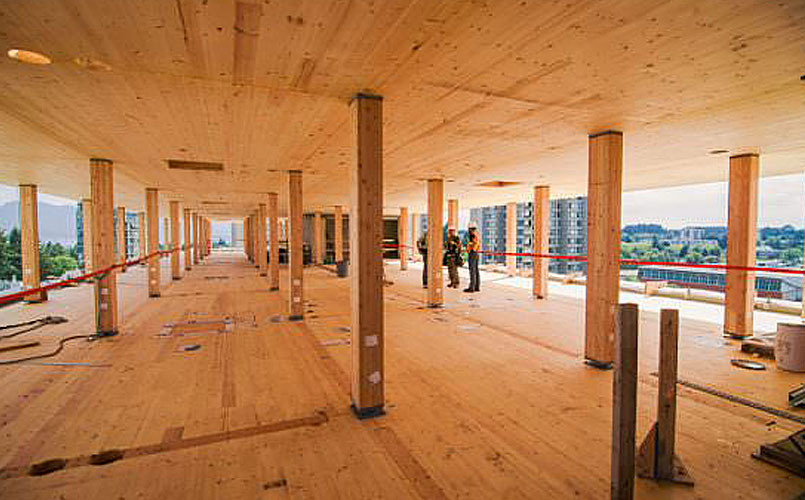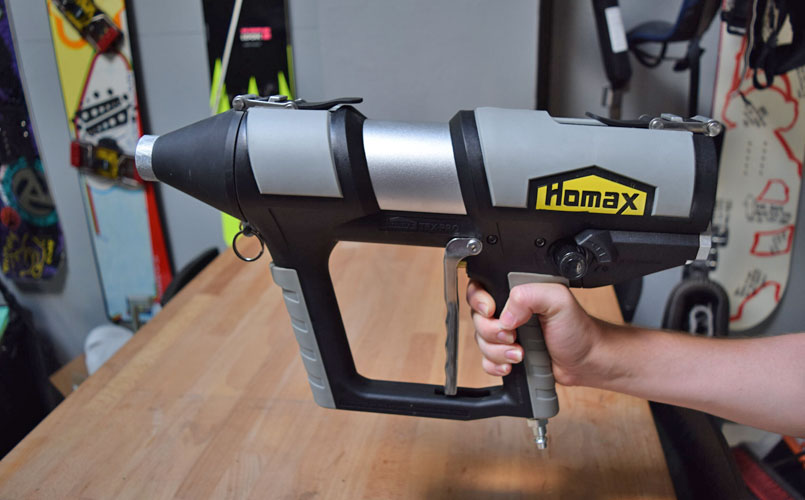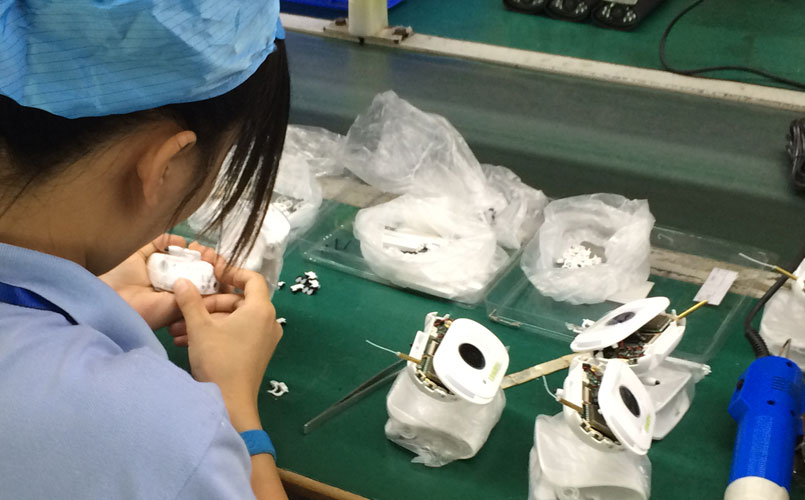Sustainable Material Technology – Forterra and CLT
This week we want to spotlight Forterra, a local non-profit that uses innovative, sustainable material technologies and creates jobs in the Seattle area. Susan, Bob’s wife, has been a part of Forterra’s Wood Innovation Group for a few years now. In her role, she has worked on grant application and assisted in the funding of the Wood Innovation Center that is being constructed in Darrington, Washington. She has work closely with a spectrum of local groups and community members in the Pacific Northwest to bring this amazing program to reality. Forterra is working in conjunction with local Washington communities to build






